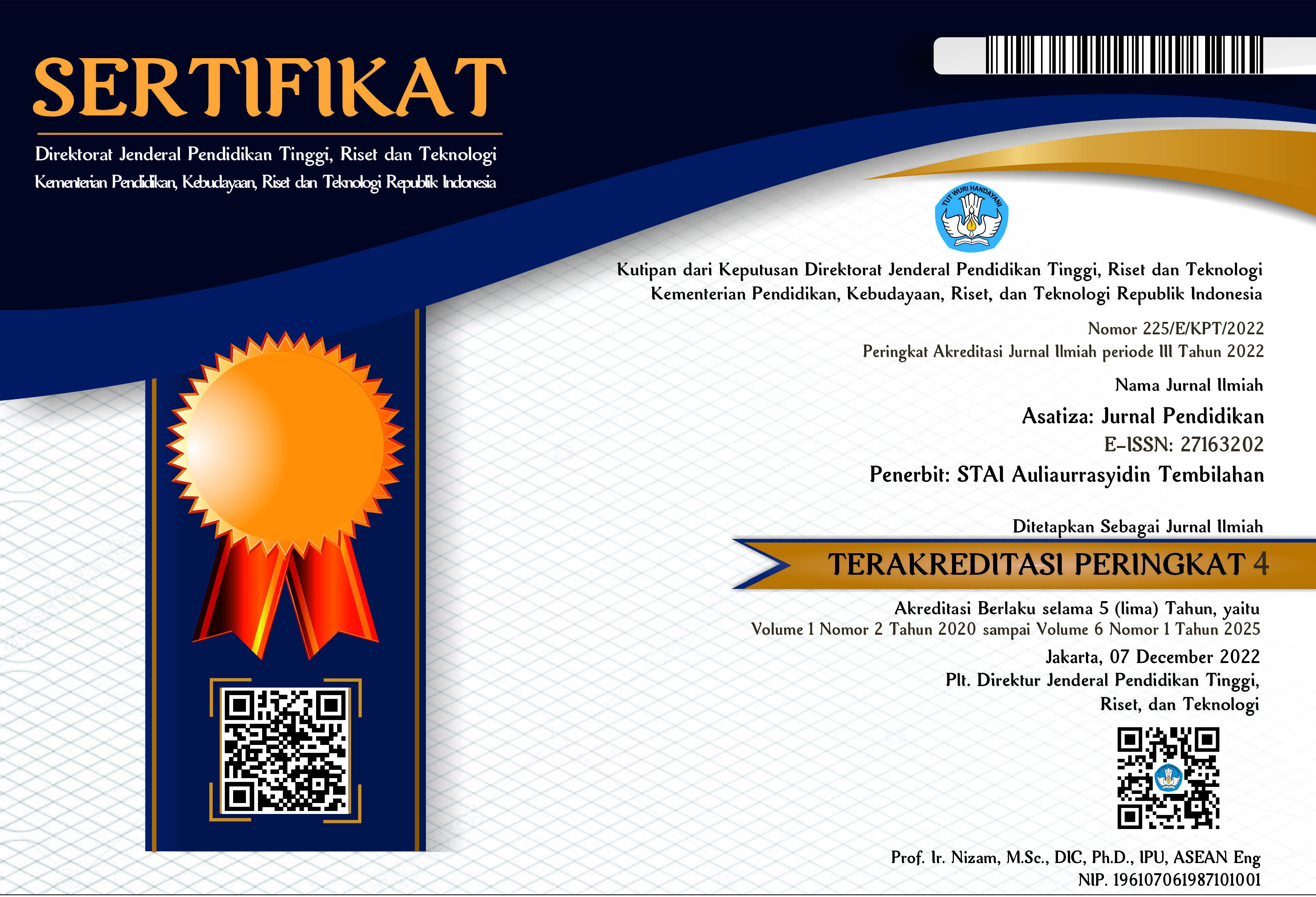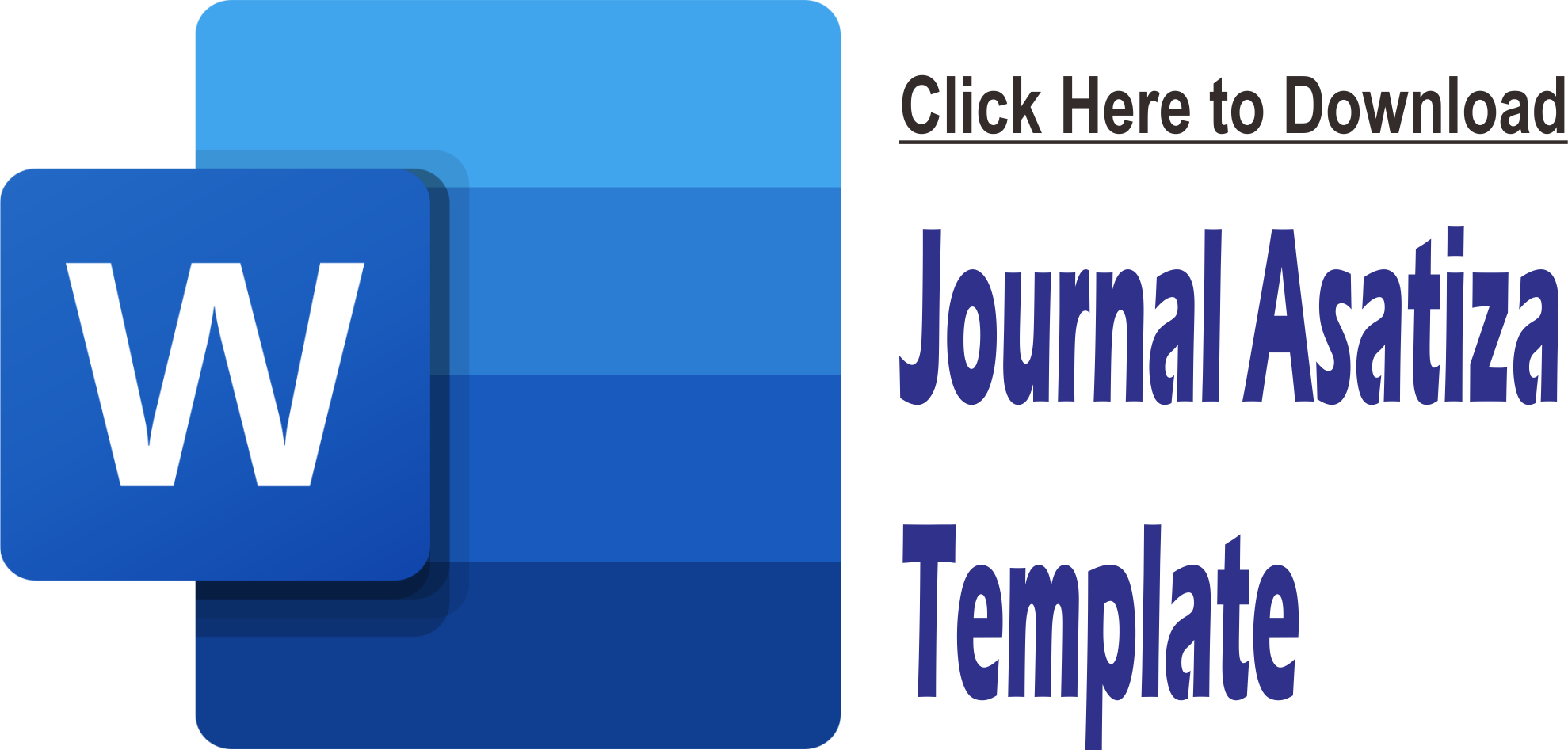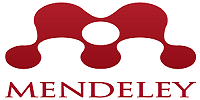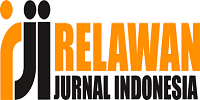Analysis of Joint School Section Practice of Private School under Universal Basic Education in Nigeria
DOI:
https://doi.org/10.46963/asatiza.v2i1.171Keywords:
Joint section, private school, students, Universal Basic Education, NigeriaAbstract
This study examined the threat pose by schools operating a joint section under UBE to academic activities of both the pupils and students. The research method adopted for this study is the qualitative descriptive design of survey type. Upper basic school I, II, and III students of 15 purposively selected schools operating joint section Universal Basic Education System in Ilorin metropolis were selected for the study. Researchers-designed structured interviews with content validity and 0.77 reliability index of the instrument was the only instrument used to elicit the needed data from the respondents. The findings of the study revealed that: upper basic school students were seriously distracted the students it is meant to cater for in many ways. Based on the findings, it was recommended among others that; the same time should be allocated to both sections for both school activities since they use the same compound to decrease distraction and confusion of the students or better still, sections should be structured in different locations to reduce overpopulation in the compound thereby making teaching and learning more effective.
Downloads
References
Adesina, S. (2007). Primary education in Nigeria. Ibadan: Board Publication Limited.
Awuwoloye, B. (2015). Study on learning environment of Higher secondary students about social Adjustment. International Journal of Current Research, 3(11), 340-343.
Barrick, J. (2016). Large class enrolments: A threat to school academic standard and sustainable educational system. Journal of curriculum organization of Nigeria (CON), 9(2), 133-141.
Bray, M. (2000). Double-shift schooling. Design and operation for cost-effectiveness. International Institute for Educational Planning. Commonwealth Secretariat
Espelage, D. L, Hong, J. S., Rao, M. A., & Thornberg, R. (2016). Understanding ecological factors associated with bullying across the elementary to middle school transition in the United States. Violence and Victims, 30(3) 470–487. DOI: 10.1891/0886-6708.VV-D-14-00046
Juvonen, J., & Graham, S. (2014). Bullying in schools: The power of bullies and the plight of victims. Annual Review of Psychology.
Linden, T., & Woodhall, M. (2011). Double-shift secondary schools: possibilities and issues. Washington, DC: Human Development Network, World Bank.
Obioma, I., & Ohuche, A. (2015). The relationship between learning environment and academic achievement in senior secondary schools. Journal of science and technology, i9 (26), 1-6. doi: seni17485/ijst/2016/v9i26/97293.
Peters, S. (2010). Trends in construction of transition to school in three western regions, 1990–2004. International Journal of Early Years Education, 13 (1), 55–69.
Sambo, A. A. (2008). Research methods in education. Edo: Stirling-Horden Publishers.
Sorigan. (2014). The influence of the environment on the child’s acquisition and understanding of integrated science. Enugu: Jomoe enterprises.
The Research Advisors. (2006). Sample size table. Retrieved from: http://research-advisors.com-
Universal Basic Education Commission. (2008). Training manual on the 9-year basic education curriculum. Abuja: UBEC.
Yoloye, A. E. (2004). The relevance of universal basic education in the development of primary education system in Nigeria. In Planning and Implementation of Universal Basic Education in Nigeria. Adepoju: T. L. Education Industries Nigeria Ltd. Ibad.
Downloads
Published
Issue
Section
License
Authors who publish with this journal agree to the following terms:
1. Copyright on any article is retained by the author(s).
2. The author grants the journal, right of first publication with the work simultaneously licensed under a Creative Commons Attribution shareAlike 4.0 International License that allows others to share the work with an acknowledgment of the work’s authorship and initial publication in this journal.
3. Authors are able to enter into separate, additional contractual arrangements for the non-exclusive distribution of the journal’s published version of the work (e.g., post it to an institutional repository or publish it in a book), with an acknowledgment of its initial publication in this journal.
4. Authors are permitted and encouraged to post their work online (e.g., in institutional repositories or on their website) prior to and during the submission process, as it can lead to productive exchanges, as well as earlier and greater citation of published work.
5. The article and any associated published material is distributed under the Creative Commons Attribution-ShareAlike 4.0 International License











2.png)



